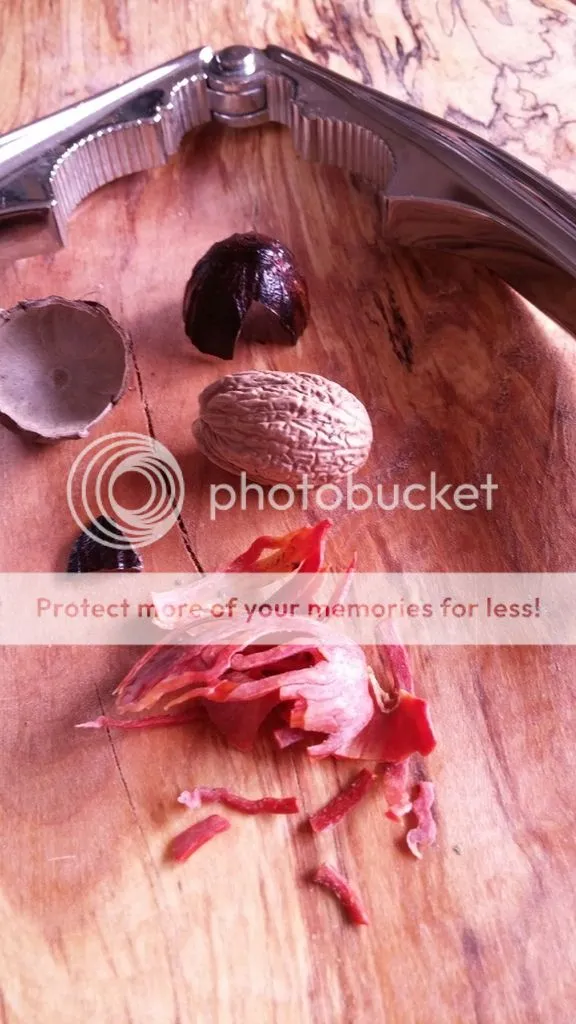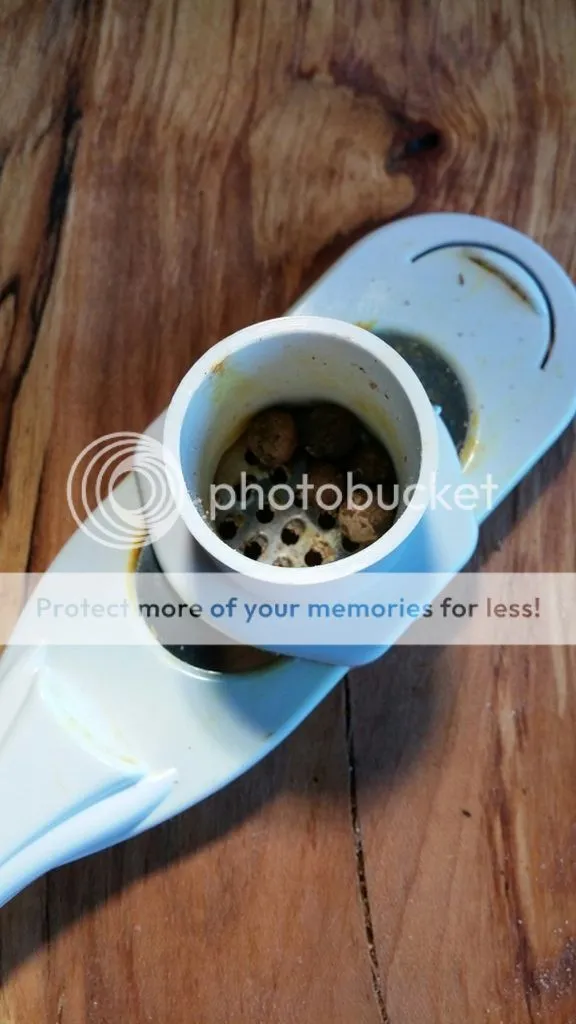
By nature, I am an explorer. I like to discover and I'm not afraid to try new things. It is how I prefer to learn.
Most of my very close friends are similar and we often think of each other when and while we are traveling.
A few days ago, one of my good friends returned from a recent trip he took to Jamaica.
He isn't Jamaican by blood but travels there frequently and has put roots down. He's also French Canadian, a Cannabis Coach and a professional barbecue Pit Master. This makes him a very colourful character to say the least.
He is regularly acquiring whole pigs, that he smokes and then roasts. He loves to do this traditionally and has developed quite a following for his version of Jamaican jerk pork,... among other things...wink, wink.
He can medicate any food with cannabis, spice it just right, and you'd never know there was even a hint of "skunk-ass" buried within it.
These days, he splits his time between Jamaica and Canada. I consider him like a "brother from a different Mother".
When he brings me a souvenir from his travels it is always food related and it's usually hard to come by ingredients, which he knows I will appreciate and use.
This week was no exception. He brought me fresh allspice, mace and nutmeg that he personally foraged for in the countryside, while he was in Jamaica.
I now have a lifetime supply and it was like being gifted gold.
It is rare to see nutmeg commercially available for sale that still contains its original mace intact.

This is fresh nutmeg and the red, sort of soft veined coating is mace.
It is produced by several different species of an evergreen tree, with the most common species being called " Myristica fragrans ". Originally these trees grew naturally in the Spice Islands that make up Indonesia. The Moluccas being the most common. During the heyday of the spice traders, these spices were brought to and grown in India, China, the Caribbean, South America and Mexico.
What is interesting is that one tree is ultimately responsible for producing two spices.
Mace is the first, which you see on the outer shell. Nutmeg is the second and is contained within the shell.

Mace has a gentler flavour than nutmeg and is often used in pastries, whereas nutmeg is substanially stronger and is used to flavour heavier fillings, sauces and meat. You grind both mace and nutmeg before you cook or bake with them.

Once you remove the mace from the outer shell, you then crack open the shell and remove the actual nutmeg nut. The nut is ground and does require the use of a grinder, rasp or grater of some description.

This is the small grater that I used. It's a finger-saver.

Freshly ground nutmeg.
The other foraged spice directly from the Island of Jamacia that was gifted to me is Allspice.

Allspice also comes from a tree and is a dried berry. It's also really hard and requires a grinder to use it.
This tree which is called Pimenta dioica adds to some confusion around this spice because the name translates to pepper berry. When the berry dries it takes the form of a peppercorn. Originally these trees grew in Jamaica before being taken to different countries during the spice trade. The berries are naturally sun-dried and once ground contain the flavours of clove, cinnamon and nutmeg together. They also contain an active molecule that is called eugenol and it is prized for being anti-microbial.

You can see that they resemble a dirty hard blueberry or peppercorn in shape and size.

Ground allspice is a key ingredient in ketchup and in "jerk-style" authentic Jamaican cooking.

I consider myself to be "super lucky" to have such incredible friends.
Many aren't afraid to forage and freely share their bounty and knowledge.
I am incredibly thankful for this.
I welcome your comments and invite you to follow me on my journey.
~Rebecca Ryan